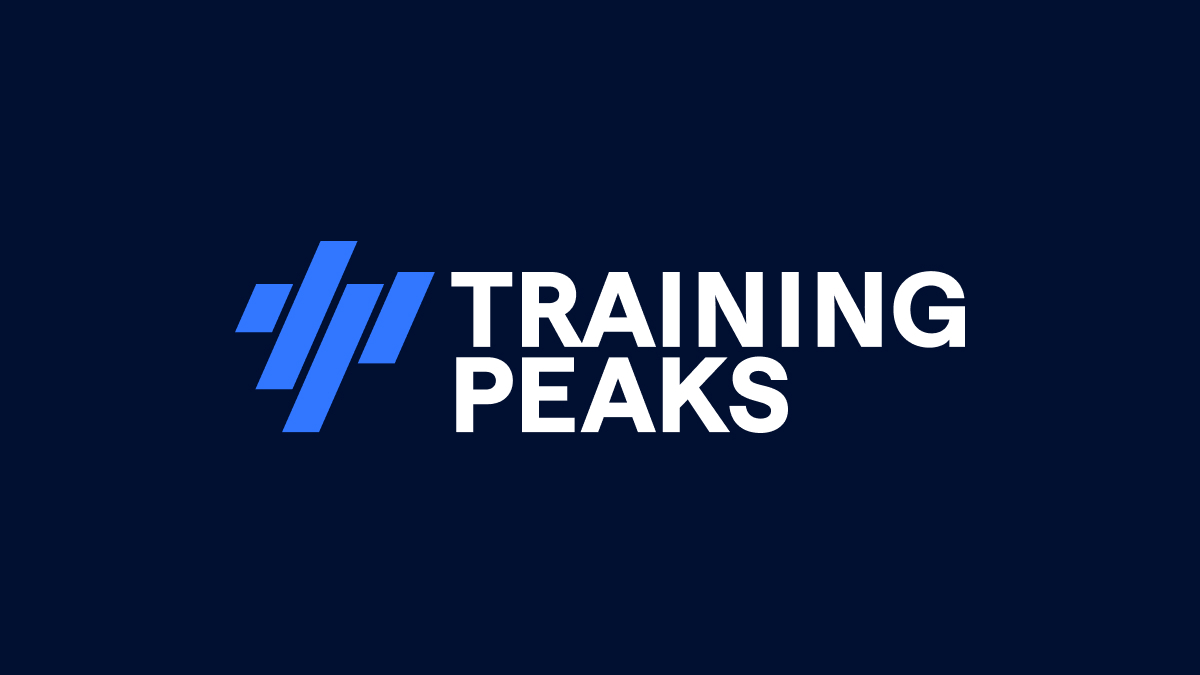Pelvic Organ Prolapse (or POP) is a condition in which the pelvic organs (including the bladder, uterus, or bowel) descend out of the lower abdomen (called the pelvic cavity), down into the vagina; causing pressure, bulging, and pain in the pelvis. This most often happens after childbirth, and there is a growing number of pelvic floor experts who believe that some prolapse after childbirth happens 90-100% of the time.
However you don’t have to have had a baby to suffer from prolapse! Rectal prolapse can happen to men as well, especially while performing movements like lifting weights or putting out a big speed burst on the bike. There are a number of factors that create the conditions for both types of prolapse, but we are going to focus on the two big ones: muscle weakness and poor pressure management strategies.
Use Kegels with Caution
The pelvic floor consists of a group of muscles that act as a sling to hold the pelvic organs. The pubococcygeus and iliococcygeus are at the center of your pelvis and contain urethral, vaginal and anal openings; while the iliacus muscles span the iliac crests of your hips from back to front.
Kegels (which contract those center muscles) are usually the first exercise prescribed to build the strength of the pelvic floor muscles, but they aren’t always the best answer. It’s true that some women will need Kegels as part of their treatment plan to build their strength, but others (especially those who tend to tighten those muscles naturally) may experience a worsening of prolapse symptoms. In some cases, prolapse can even be caused by pelvic floor tightness!
Focus on Posture and Breathing Exercises
Whether or not Kegels are the right choice for you, one of the best ways to improve pelvic floor strength is with breathing patterns and posture. The pelvic floor is affected by its alignment with the diaphragm (the big muscle that drives our breathing). Good alignment allows the pelvic floor muscles to get stronger, and even bulk up! This “bulking” helps manage intra-abdominal pressure, and can help take up the slack created when tissues are stretched during delivery.
When it comes to postural issues, cyclists especially are at risk; all those hours in a crouched forward position can push the diaphragm into what is considered a dysfunctional position/posture, even off the bike. Try these simple (yet very difficult) posture and breathing exercises to correct your posture:
Sphynx Breathing
Wall Spinal Stabilization
Notice that neither of these exercises requires abdominal bracing, Kegel’s or lifting weights, which can create abdominal pressure—another contributing factor to prolapse. In the next section, we’ll address strategies for pressure management to mitigate the risk of prolapse.
Abdominal Pressure Management
Over my nearly 15 years working with triathletes, I’ve found that as a whole, they tend to be extremely poor at pressure management; this applies to both men and women! While much of this has to do with the lack of a year-round Strength Training Program, it also has to do with the fact that many of us just jump into triathlon training without much instruction. From riding poor-fitting road bikes with clip-on aerobars; to logging progressively longer runs without learning mechanics or breathing, even high-performing triathletes can perpetuate bad posture habits.
As a result, many of us end up with extremely weak deep hip rotators and poor glute strength, which contribute to an inability to hold the pelvis in a good, solid, upright position. Not only does this put us at a huge performance disadvantage, but it’s a major contributing factor to prolapse.
If you’re concerned about your movement patterns, a Pelvic Floor Physical Therapist, or an experienced Postpartum Corrective Exercise Specialist such as myself can help you develop a personalized treatment plan.
Bringing it all together
You’ll notice that I haven’t mentioned prolapse surgery in this post, and that is because the rate of failure of prolapse surgery is very high. This high failure rate has much to do with the fact that many individuals were not taught, or did not take the time to learn and advance the pelvic floor strengthening activities we’ve talked about here. Perhaps this is due to impatience, or maybe just a lack of understanding of how breathing, posture, and pressure management play vital roles in a healthy pelvic floor.
If you’re struggling with prolapse, I’d like to hear from you! Fill out this short survey letting me know when your prolapse started, how you’ve been dealing with it, and if anything you’ve learned in this article surprised you.










